World Cancer Day 2021: The Growing Burden of Childhood Blood Cancer India
My COVID Story: I was a victim of a false positive test!
The HDFC School: Fueling ambitions with its wholesome CBSE curriculum
Preventing Cervical Cancer is now possible
Had Covid? You May Need Only One Dose of Vaccine, Study Suggests
World Cancer Day 2021: The Growing Burden of Childhood Blood Cancer India
World Cancer Day 2021: The Growing Burden of Childhood Blood Cancer India
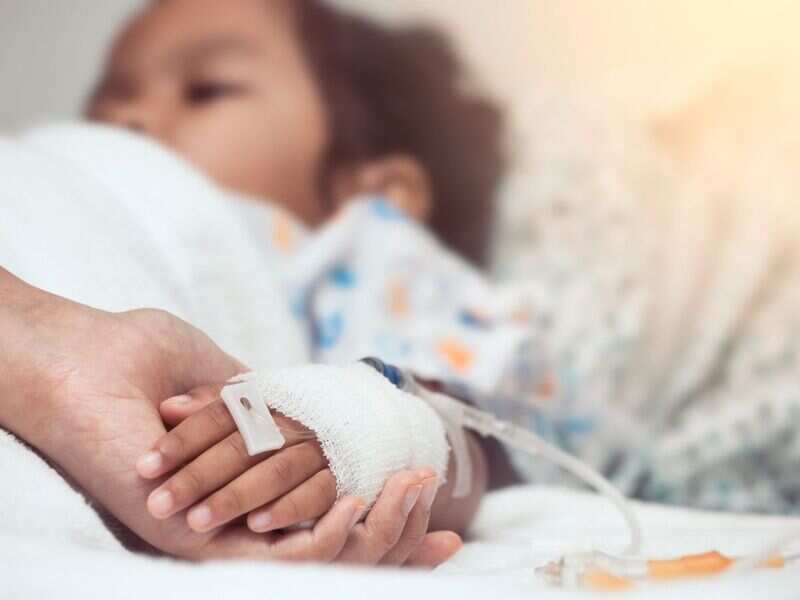
As per Globocan 2020, over 20,000 new cases of childhood blood cancer are diagnosed every year in India, of which nearly 15,000 of those cases is leukemia.
Blood Cancer refers to the malignancies of the blood, bone marrow, or lymph nodes that affect normal blood cell production or function. Leukemia is the most common type of blood cancer that affects children and teens (0-19 years), and one of the leading causes of death. The three types of Leukemia in children are: the common type Acute lymphoblastic leukemia (ALL), Acute myeloid leukemia (AML), and in rare cases chronic myeloid leukemia (CML).
Treatment of Childhood Blood Cancer
Misinformation and lack of awareness about blood cancer and its types are the biggest challenges observed today amongst the Indian population. What most people are unaware of is that blood cancer can be treated, and a patient can get a second chance at life via a stem cell transplant, which is often the best treatment option, according to experts. The mainstay of treatment for childhood blood cancer or Leukemia is chemotherapy, although, in high-risk cases or in children who cannot be treated with chemotherapy, a stem cell transplant is their only chance at survival.
For a stem cell transplant, blood stem cells from a healthy matching donor are required. Only about 30% of the patients in need of a blood stem cell transplant can find a sibling match. The rest 70% depend on finding a matching unrelated donor. When blood stem cells are collected from a donor, they are infused into the patient through a transplant process which then moves through the bloodstream and settles in the bone marrow. These new blood stem cells begin to increase in numbers and produce red blood cells, white blood cells, and platelets, resulting in the replacement of the patient’s diseased cells.
A Blood stem cell transplant gives a new ray of hope to many children, as in the case of Maheer, a 14-year old boy from Ahmedabad who was diagnosed with blood cancer. Post consulting a doctor the family got to know about blood stem cell transplant process and how Maheer could survive this health condition with the help of blood stem cells from an unrelated donor. He was able to find his matching blood stem cell donor, Dr. Sita, who hails from Germany. Post the stem cell transplant, Maheer got his second chance at life and is leading a normal life today just like any other child of his age.
You can be a lifesaver!
Today, more than 37 million potential unrelated donors are listed worldwide with stem cell donor centers and registries. Of which only 0.03% are Indians. This situation can only be changed by recruiting many more potential stem cell donors from India. With a country of over 1.3 billion population and rising incidences of blood cancer and other blood disorders like thalassemia and aplastic anemia, it increases the need for more people of Indian ethnicity to register as potential blood stem cell donors and help save a life.
World Cancer Day falls on February 4 every year and this year’s theme of is “Create a future without cancer. The time to act is now”. With children being the future of a country, it is our duty to support them and we can together help by registering as potential blood stem cell donors. Becoming a stem cell donor is easy. To do so, interested citizens aged 18-50 and in overall good health can register with a stem cell registry by giving their cheek swab samples.
By Patrick Paul, CEO, DKMS BMST Foundation India
Blood Cancer refers to the malignancies of the blood, bone marrow, or lymph nodes that affect normal blood cell production or function. Leukemia is the most common type of blood cancer that affects children and teens (0-19 years), and one of the leading causes of death. The three types of Leukemia in children are: the common type Acute lymphoblastic leukemia (ALL), Acute myeloid leukemia (AML), and in rare cases chronic myeloid leukemia (CML).
Treatment of Childhood Blood Cancer
Misinformation and lack of awareness about blood cancer and its types are the biggest challenges observed today amongst the Indian population. What most people are unaware of is that blood cancer can be treated, and a patient can get a second chance at life via a stem cell transplant, which is often the best treatment option, according to experts. The mainstay of treatment for childhood blood cancer or Leukemia is chemotherapy, although, in high-risk cases or in children who cannot be treated with chemotherapy, a stem cell transplant is their only chance at survival.
For a stem cell transplant, blood stem cells from a healthy matching donor are required. Only about 30% of the patients in need of a blood stem cell transplant can find a sibling match. The rest 70% depend on finding a matching unrelated donor. When blood stem cells are collected from a donor, they are infused into the patient through a transplant process which then moves through the bloodstream and settles in the bone marrow. These new blood stem cells begin to increase in numbers and produce red blood cells, white blood cells, and platelets, resulting in the replacement of the patient’s diseased cells.
A Blood stem cell transplant gives a new ray of hope to many children, as in the case of Maheer, a 14-year old boy from Ahmedabad who was diagnosed with blood cancer. Post consulting a doctor the family got to know about blood stem cell transplant process and how Maheer could survive this health condition with the help of blood stem cells from an unrelated donor. He was able to find his matching blood stem cell donor, Dr. Sita, who hails from Germany. Post the stem cell transplant, Maheer got his second chance at life and is leading a normal life today just like any other child of his age.
You can be a lifesaver!
Today, more than 37 million potential unrelated donors are listed worldwide with stem cell donor centers and registries. Of which only 0.03% are Indians. This situation can only be changed by recruiting many more potential stem cell donors from India. With a country of over 1.3 billion population and rising incidences of blood cancer and other blood disorders like thalassemia and aplastic anemia, it increases the need for more people of Indian ethnicity to register as potential blood stem cell donors and help save a life.
World Cancer Day falls on February 4 every year and this year’s theme of is “Create a future without cancer. The time to act is now”. With children being the future of a country, it is our duty to support them and we can together help by registering as potential blood stem cell donors. Becoming a stem cell donor is easy. To do so, interested citizens aged 18-50 and in overall good health can register with a stem cell registry by giving their cheek swab samples.
By Patrick Paul, CEO, DKMS BMST Foundation India
End of the article
Comments (0)
Featured in Lifestyle

I was a victim of a false positive test!

This habit can worsen your COVID symptoms

The 8-word mantra that will transform your relationship's struggles
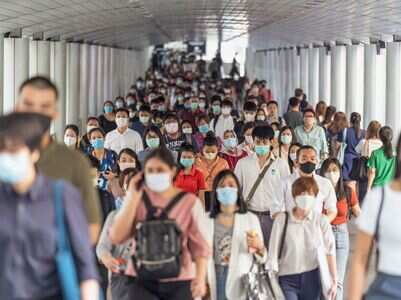
What you need to know about COVID herd immunity

A serving of this food increases vitamin D levels

Your core purpose in life, according to all zodiac signs

Goa casinos perfect for that jackpot trip
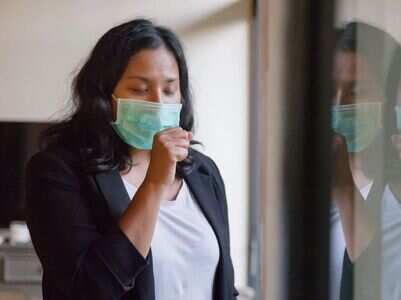
COVID-19 symptoms, as per their variants

Galtaji—an ancient temple in the Aravallis
LATEST VIDEOS
Health-Fitness
 Cervical cancer: All about pap smear test04:44
Cervical cancer: All about pap smear test04:44 Organ donation amidst the pandemic06:29
Organ donation amidst the pandemic06:29 Day 17 - Abs & Stretching19:54
Day 17 - Abs & Stretching19:54 7 signs your gut health is impacting your mental health14:55
7 signs your gut health is impacting your mental health14:55 8 different types of pushups02:13
8 different types of pushups02:13 Try these detox tips for a fitter year ahead00:46
Try these detox tips for a fitter year ahead00:46 7 Mental Health practices for a happier year00:43
7 Mental Health practices for a happier year00:43 #Lifeline with Dr Prakriti Poddar: Tips to avoid burnout and stress while working from home04:21
#Lifeline with Dr Prakriti Poddar: Tips to avoid burnout and stress while working from home04:21 Day 18 - The Pyramid13:07
Day 18 - The Pyramid13:07 Low-Fat vs. Keto Diets: Low-Fat is Better For You, Study Finds00:57
Low-Fat vs. Keto Diets: Low-Fat is Better For You, Study Finds00:57
StoriesSEE All

































































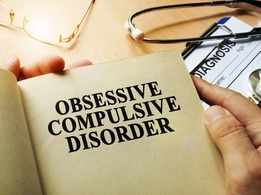



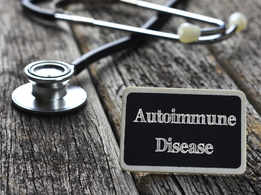


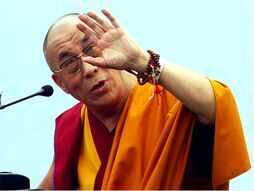


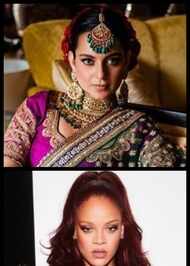





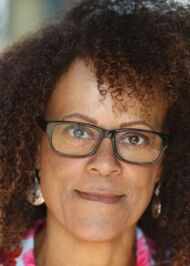







![[New!] Level 4 - 30 minute tempo fat-burning!
[New!] Level 4 - 30 minute tempo fat-burning!](https://static.toiimg.com/thumb/79327298.cms?width=147&height=86)











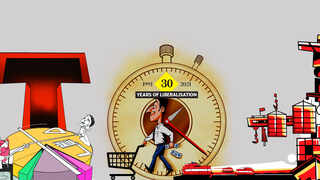

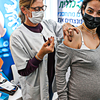
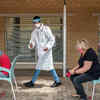
closecomments
SIGN IN WITH
FacebookGoogleEmail